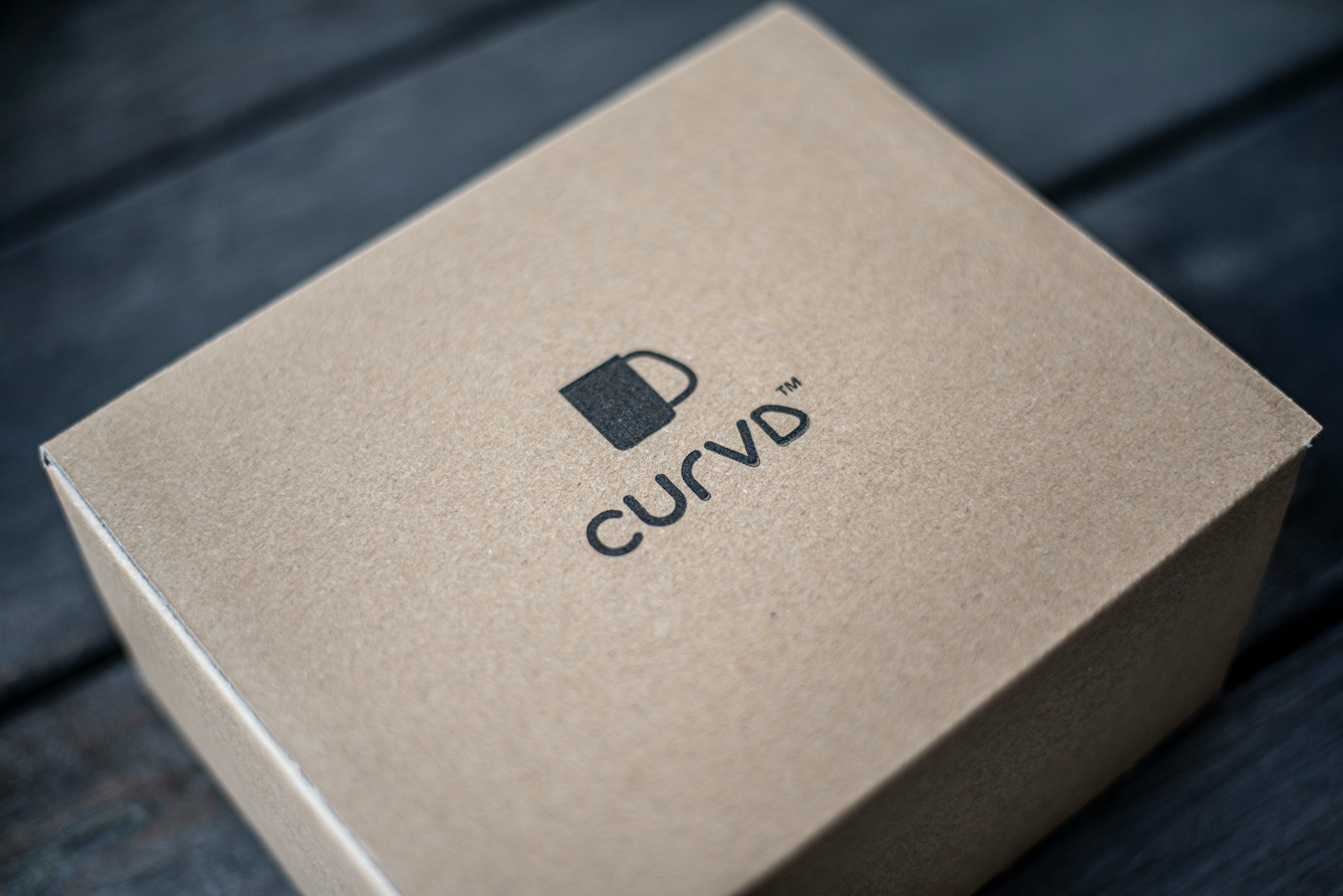 Building a strong brand is one of the most valuable investments a business can make. But without proper trademark protection, your business name, logo or slogan could be at risk of infringement, legal disputes or costly rebranding. Trademarking your brand safeguards your intellectual property and gives you exclusive rights to use your mark in commerce.
Building a strong brand is one of the most valuable investments a business can make. But without proper trademark protection, your business name, logo or slogan could be at risk of infringement, legal disputes or costly rebranding. Trademarking your brand safeguards your intellectual property and gives you exclusive rights to use your mark in commerce.
In this Ultimate Guide to Trademarking Your Brand, we walk you through everything you need to know about trademarking your brand, including why trademarks matter, how to register one and how to enforce your rights to protect your business.
1. What is a trademark? A trademark is a unique word, phrase, symbol, design or combination that identifies your business and distinguishes it from competitors. Trademarks help consumers recognize your brand and build trust in your products or services. Common types of trademarks include:
- Word Marks. Business names, product names or slogans, (e.g., “Nike” or “Just Do it”).
- Design Marks. Logos or stylized brand names (e.g., McDonald’s golden arches).
- Sound Marks. Unique sounds associated with the brand (e.g., the MGM lion’s roar).
- Color & Trade Dress. Unique packaging, colors, or design elements that signify a brand (e.g., Tiffany & Co.’s blue box).
2. Why does trademarking your brand matter? Trademark registration provides essential legal protections, including:
- Exclusive Rights. Prevents competitors from using a similar mark that could confuse consumers.
- Brand Protection. Helps avoid costly rebranding and legal disputes.
- Increased Business Value. Makes your brand a valuable asset for licensing, franchising or selling.
- Stronger Legal Standing. Provides nationwide protection and allows you to take legal action against infringers.
How do I trademark my brand?
1. Conduct a Trademark Search. Before applying for a trademark, ensure your brand name or logo is not already in use. Conduct a thorough search using:
- United States Patent and Trademark Office (USPTO) Trademark Electronic Search System (TESS)
- Common Law Searches (Google, social media, business directories, domain registrations)
- International databases (if you plan to expand globally)
Skipping this step can lead to trademark rejections or infringement lawsuits.
2. Choose the Right Trademark Class. The USPTO classifies trademarks into different categories based on the goods or services they represent. You must select the correct class to ensure proper protection. For example, Class 25: Clothing, footwear, headgear; Class 35: Business Consulting and Marketing, Class 41: Education and entertainment services.
Choosing the wrong class can weaken your trademark protection.
 3. File a Trademark Application. To register your trademark with the United States Patent and Trademark Office (USPTO):
3. File a Trademark Application. To register your trademark with the United States Patent and Trademark Office (USPTO):
- Visit www.uspto.gov and use the Trademark Electronic Application System (TEAS)
- Provide a clear description of your trademark and its intended use.
- Submit an example (specimen) showing how you use the mark in commerce.
- Pay the required filing fee (typically $250-$250 per class).
4. Monitor and Respond to USPTO Actions. After filing, the USPTO will examine your application. You may receive an Office Action requesting clarification or changes. Common reasons for Office Actions include: Similar trademarks already exist, Trademark is too generic or descriptive, incorrect filing information.
Responding promptly is crucial to avoid delays or rejections.
5. Maintain and Enforce your Trademark. Once approved, you must actively protect your trademark. Steps include:
- Use the ® symbol (only after federal registration).
- Monitor for infringement using Google Alerts, social media, and trademark watch services.
- Enforce your rights with cease and desist letters or legal action if necessary.
- Renew your trademark every 10 years to keep it active.
Final Thoughts: Protect your Brand Today
Trademarking your brand is a crucial step in building a strong and legally protected business built to endure whatever comes your way. From conducting a thorough search to enforcing your rights, securing a trademark ensures your brand remains yours.
If you need guidance on trademark registration, enforcement, or legal disputes, The Law Firm of Allison Shute is here to help. Contact us today for a consultation and take the first step in protecting your brand’s future.

